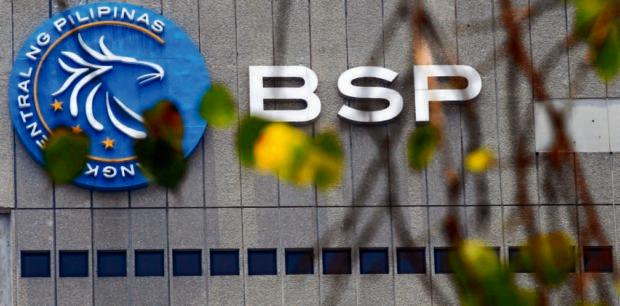
MANILA, Philippines — Introducing the automated coin deposit machine (CoDMs), the latest of the government’s stratagems to promote the re-circulation of coins and persuade Filipinos to use the low-value currency in their daily transactions.
In partnership with business groups with large networks of retail establishments such as the SM, Robinsons, and Filinvest groups, the Bangko Sentral ng Pilipinas (BSP) is working on the deployment of an initial batch of 25 CoDMs in select sites across the Greater Manila Area and nearby provinces.
The hope is that Filipinos would feed the CoDMs with coins in exchange for shopping credits instead of keeping the coins in piggy banks.
The automated CoDMs are intended to enable customers to conveniently deposit coins and redeem their accumulated value from partner retail establishments through shopping vouchers or rewards card points.
Customers may also opt to directly credit the amount to their participating bank accounts or electronic wallets.
For the coins collected through the CoDMs, the ones deemed fit for circulation will be returned into circulation when partner retailers use them as change for over-the-counter payments.
Unfit coins, on the other hand, will be removed from circulation and subsequently retired by the BSP.
A coin is considered unfit for circulation when it is bent, or twisted out of shape, or defaced, or showing signs of corrosion, or has been considerably reduced in weight.
“There is a problem when it comes to recirculating coins—some people hoard or collect them while some people leave them behind altogether, leading to an artificial coin shortage,” BSP Governor Felipe Medalla said in a statement. “This defeats their intended purpose as a medium of exchange.”
Also, the BSP observed that coins are kept inside bank vaults, in piggy banks, inside drawers, used as washers, or thrown away as an inconvenience.
Aside from causing perceived shortages, the inefficient re-circulation of coins could also force the BSP to produce more coins, translating to significant costs.
The BSP data show that there were 50 pieces of coins for every Filipino in 2005. This increased by almost seven times to 342 pieces of coins as of June 2022.
Over the past 17 years, the BSP had to increase coin production to meet growing demand, especially in the retail sector where coins are used for change.
RELATED STORIES
New P1,000-piso banknote to be circulated in Cebu, Bohol this October
BSP: Handle new P20 coins properly
BSP allays public fears over bank hacking
